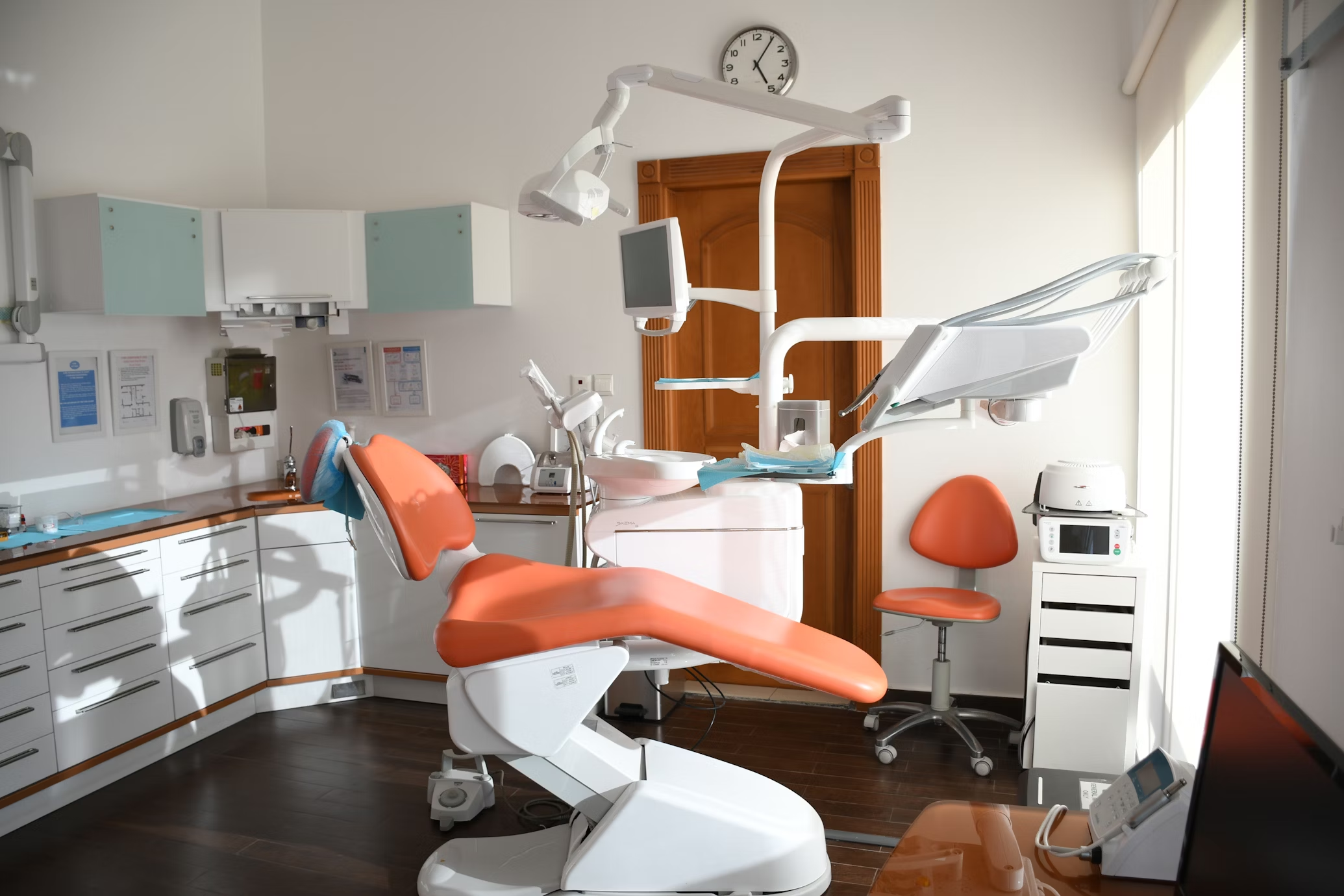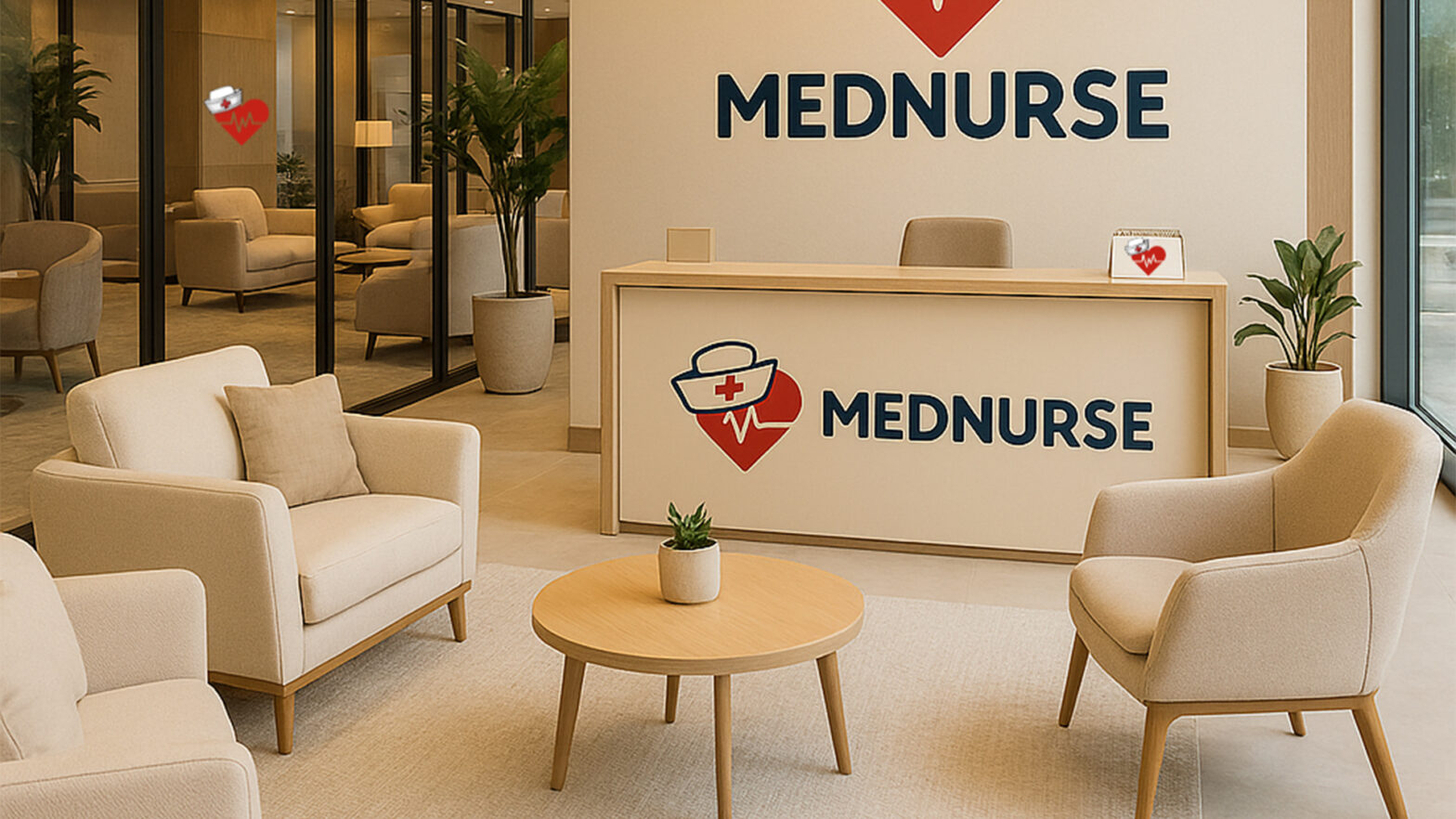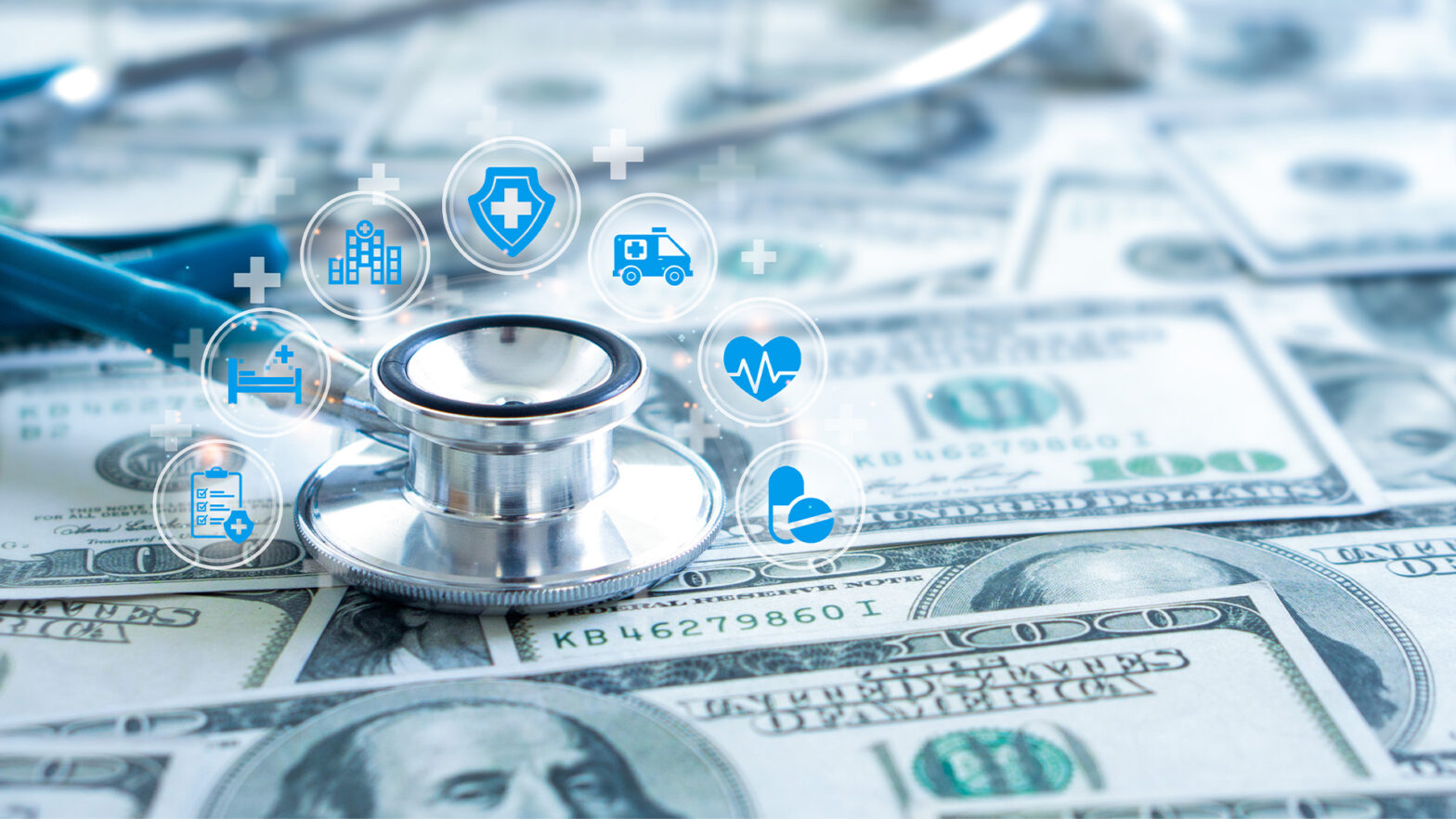Health care records and billing used to happen on pen and paper. Now, hospitals are adopting digital tools to make these processes more efficient, transparent and user-friendly. These new tools can help facilities save time and improve cash flow.
What Are the Best Patient Payment Solutions for Hospitals?
There are many digital payment solutions your hospital can explore. This roundup of software tools and platforms represents the best in the market, discussing features that make billing and other administration tasks easier.
1. Millennia
Millennia tops this list with its benefits for both the patient and the health care institution using it. Its integrations with various electronic health record (EHR) platforms and other health information systems make payments simpler, clearer and more convenient for everyone involved. Patients get a clear breakdown of their bills through an accessible portal, and hospitals get paid on time, streamlining their billing and customer service processes.
Key Features:
- User-friendly portal allows patients to view and manage their payments without needing to sign up for an account
- Millennia representatives can take over inbound and outbound calls at your practice
- Comprehensive analytics for clear reviews and financial evaluations
2. Chase Payment Solutions
Chase Payment Solutions is another top contender due to its integration capabilities and HIPAA-compliant features. As one of the world’s largest banking institutions, it makes sense that the company also has a well-developed patient payment platform. It supports various payment methods, such as credit and debit cards, Apple Pay and Google Pay. It also allows same-day deposits for convenient cash transfers.
Key Features:
- Native integration with Instamed, a billing solutions platform owned by the same company
- Supports multiple payment methods and includes secure storage of card information
- Provides 24/7 customer support
3. Square
Square is a flexible payment solution that accommodates health care institutions alongside businesses across multiple industries. Its robust point-of-sale system supports several payment methods, such as credit and debit cards, flexible spending accounts (FSAs) or health savings accounts (HSAs). It also offers customizable integrations through APIs and includes a free website builder for users to establish an online presence.
Key Features:
- Starts with no monthly fees for basic features, which users can expand according to their needs
- Offers tools for appointment management, employee scheduling and payroll processing
- Fully HIPAA and PCI-DSS compliant
4. Stax
Stax stands out for its capability to process high transaction volumes seamlessly, making it ideal for bigger hospitals with more patients. It offers an interchange-plus pricing model, which helps maintain transparency and track costs for card or online payments. It offers integrations with health care-specific platforms like EHRs and supports in-person and digital transactions.
Key Features:
- Clear, transparent pricing structures based on the number of transactions
- Health care-specific platform integrations
- 24/7 customer support for immediate assistance
5. PaymentCloud
PaymentCloud offers flexible payment options, whether in person or over the internet. It can work with any gateway that suits your institution or patients and is compatible with several health care-specific digital platforms. It is also one of the few payment solutions focusing on high-risk businesses or those more prone to fraud or theft. While hospitals may not be traditionally high-risk, telemedicine providers might face extra issues when dealing with patient transactions and data.
Key Features:
- Fraud-prevention tools for online and high-risk transactions
- Hundreds of available integrations, including health care-specific tools
- Supportive onboarding process with a dedicated account manager
6. Podium
Podium offers many features that other patient payment solutions have — it accommodates multiple methods and structures, such as tap-to-pay, text-to-pay and installment plans. However, its native lead management and patient engagement features make it stand out. Aside from securely processing payments and storing financial information, Podium allows health care providers to communicate with patients without switching platforms.
Key Features:
- Accept multiple payment methods, including mobile-based options
- Lead management and conversion features
- Fraud protection and automatic reconciliation tools to ensure accuracy and profitability
7. Helcim
Helcim allows hospitals and care providers to process multiple payment methods, including in-person, mobile and online channels. It enables recurring invoicing and billing, helping automate some parts of the payment process and saving employees time and energy. Helcim also boasts interchange-plus pricing and automatic volume discounts, allowing health care providers to save money on transaction fees and reduce operating costs.
Key Features:
- Transparent and cost-effective fees and pricing systems
- Customizable invoicing and payment plans to accommodate patient needs
- Robust security features like data encryption and PCI compliance
Benefits of Digital Patient Payment Solutions
Digital payment solutions are quickly becoming the norm for many health care institutions due to their efficiency and other benefits.
Convenience
Health care practitioners and patients alike enjoy better convenience from digital payment solutions. Patients can pay using whatever method is available, whether through cash, credit card, savings account or other digital means. Hospitals can automate their billing and financial processes, allowing them to process and receive payments 24/7.
Transparency and Clarity
Electronic patient payment solutions are systematic and mostly accurate. Patients can easily access and scrutinize their bills through user-friendly platforms, improving transparency and understanding between the hospital and the patient. This can make people more willing to pay on time. Patients and providers can also easily see their transaction history, making records easier to track if necessary.
Cost-Effectiveness
Electronic patient payment solutions can track bills and transactions at a granular level, allowing health care practitioners to monitor their cash flow more accurately. This knowledge helps staff track unpaid bills, improve collections processes and save time — all of which can improve the bottom line.
Smarter Tools for Easier Payments
A strong patient payment solution can support the hospital’s administrative and financial goals while providing positive patient experiences. As you explore your choices, consider your hospital’s unique needs, existing systems and patients’ preferences to find the right fit.



















